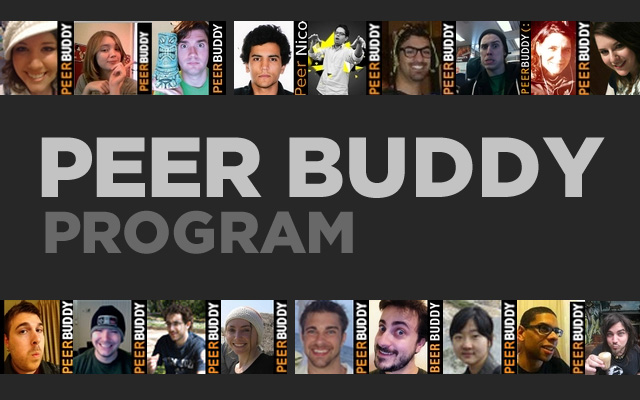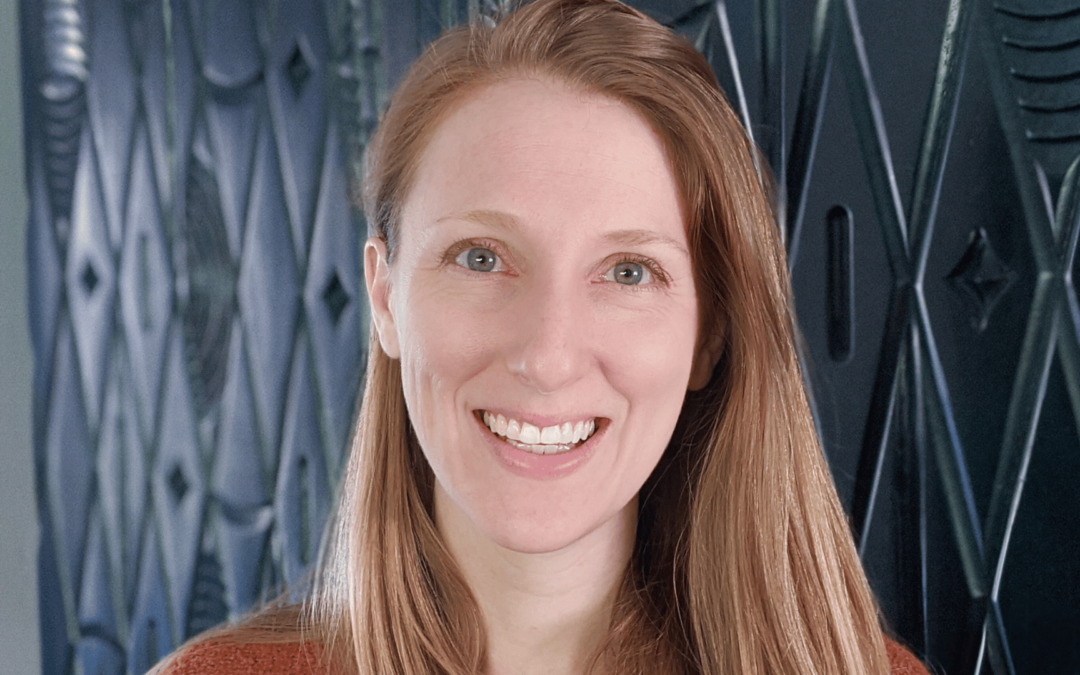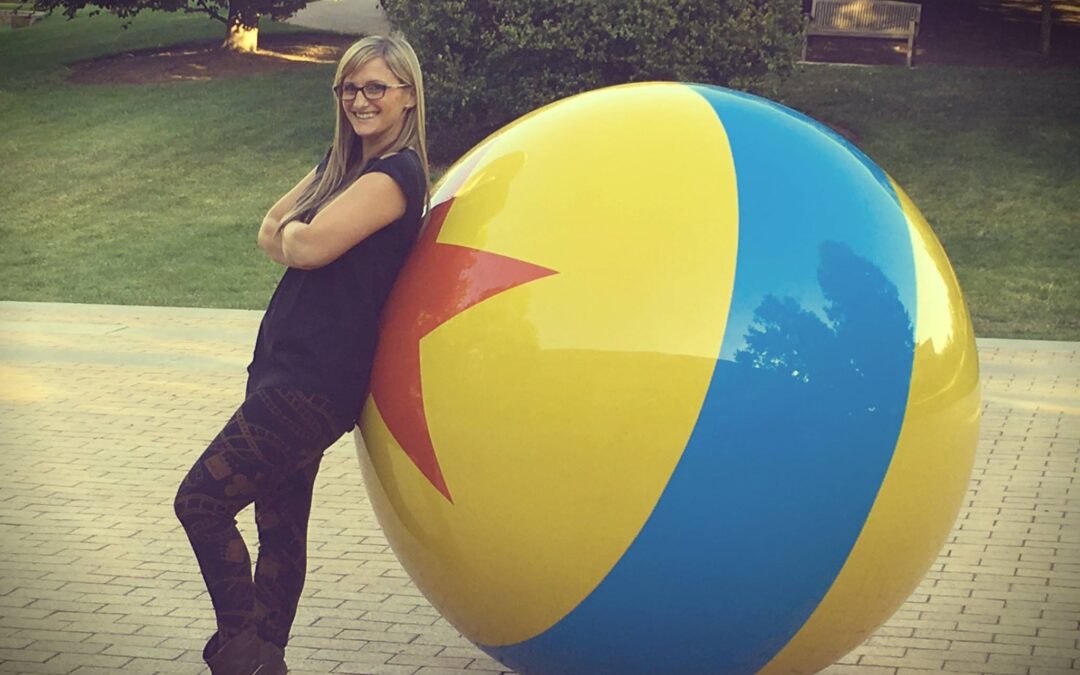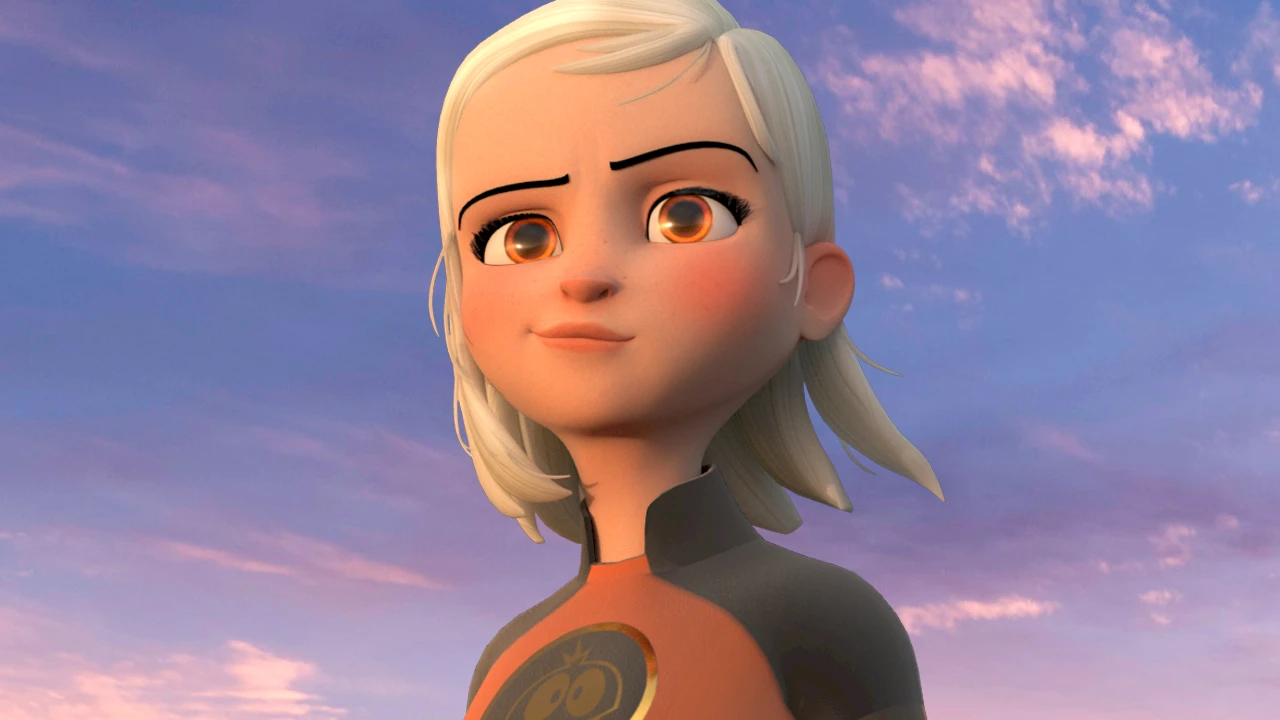
Student Care Coordinator, Alisha Ehrlich, returns to the Animation Mentor blog to detail the Peer Buddy Program and its benefits for current students and alumni. Alisha also introduces you to those who have directly benefitted from the program (and who are anxious to share what they’ve learned, including animation tips, too).
A big woot to Alisha and the Peer Buddy Program.
— The Animation Mentor Crew
What is the Peer Buddy Program?
Alisha: To me, the Peer Buddy Program is a great example of the Animation Mentor community at work — and that’s something other schools don’t have. Students, who may be having difficulty in class, can request a Peer Buddy to:
- Offer moral support and encouragement
- Provide weekly feedback and suggestions for assignments on the Student Site
- Be available on AMConnect to chat
- Help them feel welcome by the Animation Mentor community
Important: You can also volunteer to be a Peer Buddy to provide this support.
Also, the program is on a per-term basis. So students would be assigned a different Peer Buddy each term. And a Peer Buddy is assigned to students at the end of week 3 — which is still early enough for students to get a head start in the term.
What makes the program unique is that it benefits current students AND alumni. That’s because Animation Mentor alumni can serve as Peer Buddies to maintain a connection with the community and help current students. There’s a great mutual benefit here: Even if someone participates for just one term — either as the student requesting help or Peer Buddy providing help — the impact and long-lasting relationships are incredibly rewarding. You are making connections that will serve you for the long term.
What is the biggest value of the Peer Buddy Program?
Alisha: Let’s be honest, our curriculum is challenging and sometimes, our students may hit a wall with a tough assignment and it can get real frustrating real fast. It can seem impossible to move on from there. We can help by providing an additional resource — delivered by Peer Buddies who have the animation skills and experience — to supplement their education and learning.
But that’s only the start. What’s so great about Animation Mentor are the friends that you make and the trust that you build. You see both on display in the Peer Buddy Program. And the students pick up on this value very quickly. First is the moral encouragement. They see that their Peer Buddy is a current student further along in the program (or an alumnus who has completed the program) — and chances are, the Peer Buddy has completed the EXACT same assignment. So the students can relate, there’s a common ground, there’s an understanding.
And I always tell our students this benefit of the program: You have people by your side while on your own educational journey.
What do you typically notice about students when they participate in the Peer Buddy Program?
Alisha: You see their involvement in the Animation Mentor community and the impact that has on their overall work. Students become much more aware of other animation possibilities — they’re working with someone who has completely different ideas than their own. You could be paired with a Peer Buddy from a different country, continent, or time zone — but with the same passion for animation.
You see how they are now receptive to feedback. You see them grow by working together with their Peer Buddy to determine how this relationship will serve them best. This lends itself to professional and personal growth.
How does the Peer Buddy Program help students in the classroom?
Alisha: Feedback is highly valuable in the industry. And when students are assigned a Peer Buddy, they learn to really practice feedback. Even if they’re shy, they know that feedback is a standard studio experience. So the students and Peer Buddy work hard together on feedback — how to take it, how to give it — in a safe space. This helps both of them to develop and enhance their critical eye.
I also hear from mentors whose students were previously struggling in class. The mentors tell me that for these students, their animation has improved dramatically after working with their Peer Buddy.
Anything else you’d like to share about the program?
Alisha: Our mentors and curriculum are designed to teach animation. But I would tell students that HOW they learn is just as important as WHAT they learn. So this is very important: Students who start early in the Peer Buddy Program feel that support much earlier and have a higher success rate in terms of passing courses and improving grades. This serves them well because they are taking a proactive step toward their education and they are taking control of their learning experience.
Probably the best example of the program, obviously, is to watch the progress and improvement of our students. But don’t just take my word for it. I’m excited to introduce current students and alumni who have participated in the Peer Buddy Program: Rachel Chelius, Fidan Zaprov, Rodrigo Costa, and Lisa Springett.
Describe the Peer Buddy Program in one sentence
Rachel: The program is a great opportunity to learn from other students while giving and receiving critiques, providing support, and creating lasting friendships within the Animation Mentor community.
Fidan: It’s an awesome program where you communicate, share knowledge, and make new friendships.
Rodrigo: An awesome way to get and give feedback to your peers in different classes and get to know more people around the campus!
Lisa: The Peer Buddy Program enables students to receive extra feedback to help push their animation further along.
What is the most valuable part of the Peer Buddy Program?
Rachel: I think the most valuable part of the program was having someone encouraging me every single week and giving me great feedback. I feel the program and support from all my buddies have made me a better animator and more confident in my abilities to become successful. I have developed lasting friendships and learned so much!
Fidan: The most valuable part of the program is making new connections with other animators. You keep in touch with some people after the program. You receive comments and help in your work. You do the same for others and there is a mutual benefit.
Rodrigo:Having someone who has been through what you’re doing and leaving you valuable feedback is definitely the best part of the Peer Buddy Program! They not only have the experience, probably doing the exact same assignment as you’re doing, but they also have a more trained eye for animation and they can easily spot something that could be improved in your shot!
Lisa: You get to see more things about your animation through other animators and learn what they look out for in the process, which all helps to sharpen critique of your own work.
Please share your favorite tips that you give to other animators
Rachel:
- Plan your animation before you touch a computer! Your progress will be so much faster if you know EXACTLY what you are doing. Everyone has his or her own method of planning, such as thumb nailing key poses. Personally, I like taking my thumbs and creating a rough pencil test so I can visualize my animation and also figure out rough timing. This has improved my speed and overall animation quality a ton.
- scene from a movie frame by frame. You will always take away a little bit more knowledge each time you study and observe.
- BACK UP YOUR WORK! I had the unfortunate experience of having my computer hard drive crash in the middle of the term, causing me to lose some valuable work. I learned my lesson, and have two back up drives, and I make sure to back up my files almost every night.
Rodrigo:
- Watch the pops, arcs, and spacing of your animation! If you really trace your animation in detail, you can create smoother animation which won’t look weird to the viewers! So grabbing an erasable pen or some kind of software marker is a MUST!
- Be careful with the blocking and already think about spacing and anticipations/recoils/settles etc.
- Remember the timing.
Lisa:
- When animating a tail, watch the arc on the tip.
- When thinking about ideas for your pantomime assignment, go closer to the minimum limit.
- To increase tension in a character’s movement, such as when lifting a barbell above the head, add another 2 – 3 beat hold (8 – 124 frames).
- Also, I learned this from my mentor — journal your workflow. Spend a few minutes each hour writing a couple of sentences — about what you were doing, what you were trying, and how it’s going — to really see where your time has been spent and how you can make the most of it. Use a workflow checklist to help you break the animation process down. It will help keep you focused on what you need to do and where you need to improve.
Has your own animation evolved?
Rachel: BIG TIME! When I first came to Animation Mentor, I wasn’t new to animation, but still felt shy about showing my work to others. The Animation Mentor community has been such a great support system, and now I am posting my work daily to receive critiques from fellow students! I have become much more bold in my posing and timing, and I feel with each animation I am incorporating new workflow techniques. I still have a ton to learn — but with each project, I am more and more excited with the possibilities!
Fidan: I’ll be honest here, everything I know so far is thanks to Animation Mentor. I’m thankful to all my mentors. I started with zero knowledge of animation. I remember one specific tip I received from my mentor, Arslan Elver — he said that my animation was too slow and he gave me some great notes and I see a drastic improvement in my work.




